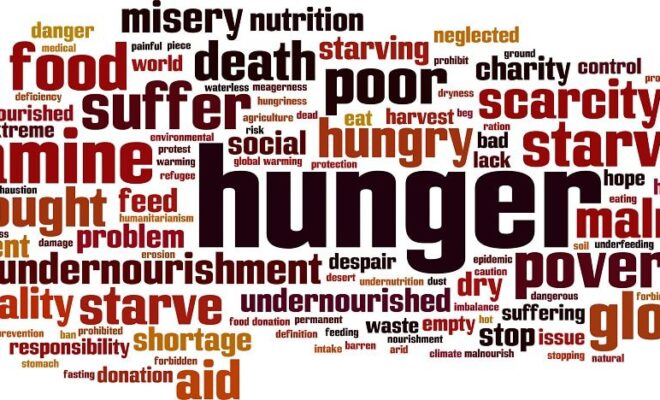Health
India Home to One-Third of World’s Malnourished Children: Study

Picture Courtesy: Bigstock
Due to high rates of malnutrition, Indian children suffer from anemia, low birth rates, and delayed development.
Over one-third of world’s stunted children live in India, a major study released Nov. 29 said which also warned of a malnutrition crisis in almost every country in the world.
The Global Nutrition Report 2018 said that 46 million children in India are stunted due to malnutrition and 25.5 million have been termed as “wasted” – which means they do not have weight appropriate for their height.
The Global Nutrition Report is an independently produced annual survey of the state of the world’s nutrition and according to it, globally 150.8 million children are stunted and 50.5 million are “wasted.”
Asia is one of the hardest-hit areas when it comes to malnutrition although the region experienced the largest reduction in stunting from 2000 to 2017 – from 38 percent to 23 percent, broadcaster Al Jazeera wrote on its site.
In India, high rates of malnutrition lead to anemia, low birth rates, and delayed development – perpetuated from generation to generation, the broadcaster wrote.
Al Jazeera quoted Dr. Basanta Kumar Kar – who is part of a health committee at NITI Aayog, India’s government think-tank as saying that stunting in children is poor growth that can cause profound damage to both body and mind. “Malnutrition is linked to mortality, morbidity, brain/cognitive development, and overall physical growth of a child. A malnourished child is vulnerable to infections and many life-threatening diseases,” Kar told the Qatar-based broadcaster. “The odds against these children making it to secondary school, let alone managing an intellectually or physically challenging job, is slim. Malnourishment is hence also linked to productivity.”
Of the three countries that are home to almost half (47.2 percent) of all stunted children in the world, two are in Asia: India (46.6 million) and Pakistan (10.7 million), the broadcaster said.
The researchers behind the report studied 140 countries and said the problems called for a total change in the response to this issue.
